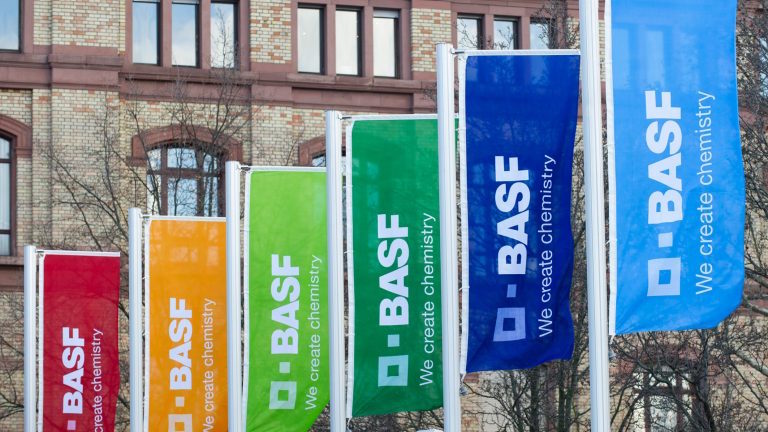Reinventing itself from time to time, the company has forged top level global collaborations, and also made significant investments into research and development activities

BASF has always created chemistry for a sustainable future. From morning to evening, one can easily find our products for multiple use. Our R&D is truly global in terms of locations and resources, says Anne Shim, Head of Advanced Materials and Systems Research, BASF.
"Being a 160 year old company, we have reinvented ourselves a number of times and we continue to do that. In 2020, we garnered 59.1 billion Euros in sales. Our chemistry is used in almost all industries. We combine economic success, social responsibility and environmental protection,” said Shim.
Shim shared her thoughts during an online talk show on "Building a Resilient Future" organized by Chemical Marketing & Economics (CME)-Advance STEM Talent.
“R&D a major growth driver for BASF and we believe we need to reinvest in it at times. We are a champion in the chemical industry and consistently bear high expenses for R&D. We have made 10 billion Euros in sales from innovations launched in the past 5 years. In 2020, we invested 2 billion Euros in R&D, out of which 5 percent was into chemicals, 9 percent into materials, 8 percent into industrial solutions, 12 percent into surface technologies, 8 percent into nutrition and care, 40 percent into agriculture solutions, and 18 percent into corporate research and other areas. Access to clean water, food, greener energy and sustainability attract our significant investments. Company has filed 950 new patents around the world last year,” informs Shim.
On forging research collaborations, she informed, “We collaborate with universities and research institutes across the globe. We have 8 academic research alliances worldwide. The R&D collaborations are with several research groups from multiple universities in regional proximity or with specific research focuses. The network is complemented by around 250 universities and research institutes.”
On BASF’s initiatives, Shim says, “We have for 100 years relied on gasoline fuel to go around but as we go on, we need to get disconnected from fossil fuels. The challenges before us to enhance the performance and cost efficiency of electric vehicles. Our research focus is on cathode active materials lithium-ion batteries with high energy content and provide solutions for cost efficient, large scale products to explore next generation battery materials. As a result, we have an advanced portfolio of cathode active materials with improved performance. The innovative battery materials shape the future of e-mobility. By 2025, we will achieve thrice driving range, thrice life time and half the cost of battery today. At the same time, light weight vehicles are very important to achieve efficiency. To achieve a better fuel economy and better electric vehicles, we have compressed fibers with tensile strength better than metal. Elastrocoat Polyurethane Pultrusion Systems from BASF offers a continuous composite value proposition advantage as compared to metal systems.”
Anne Shim also talked about the biology inspired new colorant technology and how the researchers at the company got inspired by creatures from the natural world such as butterflies to create colors. She adds: “These colors are safe and heat stable, with improved photo-degradation and opportunity for novel coloristic effects in the application.”
Sharing a case study on how BASF developed thermoplastic polyurethane (TPU) for Elevator Traction Belts, Shim says, “Based on the feedback from Chinese customer about the damage to the elevator belt due to cold temperatures in northern China, we reformulated the belt. We observed that belts were failing in about 2 years in the region due to cold climate areas with heavy air pollution. Our new polymer addressed the resilience factor. The product that can bear low temperature fatigue and provides faster results is now used in China and elsewhere. Elastollan is the brand name for TPU from BASF. It stands for maximum reliability, consistent product quality and cost efficiency. This extensive product portfolio, which makes use of a variety of raw materials and formulations, is the starting point for successfully bringing innovative customer projects to fruition.”
On agriculture solutions, she said, “BASF’s Autonomous Growing in the Vegetable Seeds Business uses digitally collected data together with artificial intelligence to optimize vegetable production in high tech greenhouses regardless of location. Enhancing the food productivity from the top soil available to us is the biggest challenge. We are working to overcome challenges and find new solutions. Our employees are in constant contact with farmers and agricultural experts in every region around the globe. They work hard to understand what approaches are required to optimize agricultural production, increase farm profitability and improve the quality of life for a growing world population.”
Subscribe to our newsletter & stay updated.